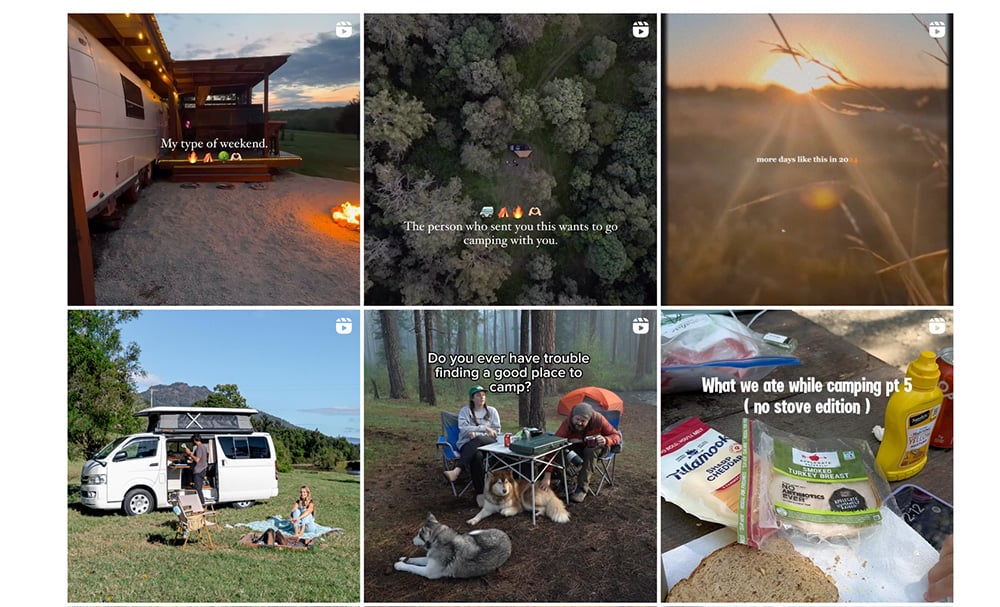5 Steps to Creating a Unique Value Proposition

Business | Digital Marketing
With the internet, customers have endless choices. Gone are the days of just visiting local stores. Now, Google brings dozens of competitors to their fingertips.
If you don't clearly show customers why they should choose you, they'll likely just pick the competitor with the lowest price. How do you stand out, grab attention, and generate leads based on your value, not just your price? You need to define and communicate your unique value proposition.
What’s a Value Proposition?
A value proposition is a short, catchy statement that tells customers why they should choose you over your competitors. It highlights a key benefit that matters most to them, ideally something your competitors aren’t offering. Notice the simplicity of Slack’s value proposition.

Why It Matters
Getting your value proposition right is crucial for effective marketing and driving sales. Here’s how to create and share yours in five steps:
Step 1: Understand Your Audience
To craft a strong value proposition, you need to know what your audience cares about. What are their goals, challenges, and fears? How do you help them?
Warby Parker incorporated a survey into their website to help them understand their customers’ needs.

Step 2: Speak to Their Needs
Find where your product or service meets your customers' needs and how you do it better than competitors. Use insights from your customer profiles to answer:
- "I want this because it helps me _."
- "The best part is _."
- "I choose this company because __."
Take a look at how MasterClass communicates what they do right from the homepage while asking a question to gain insight into their audience’s needs.

Step 3: Make Life Better
Think of a value proposition as a way that your company makes life better for people. You want it to be short and sweet but also direct. Your potential customer has a need and this is how you plan to meet it. Take EveryPlate for example. Meal planning can be a full time job, with EveryPlate you receive weekly recipes with the promise of stress free cooking within every budget.

Step 4: Get Your Team On Board
Consistent communication helps build a strong brand. Whether you’re having conversations with potential leads, current clients, or sharing information on your social media channels, your whole team should know how to clearly communicate what your company is all about. For example, our Chief Steward here at DuBose, Blake, has placed our value proposition in his LinkedIn profile!

Step 5: Use Your Value Proposition Everywhere
Include your value proposition across all marketing channels—your website, social media, emails, and more. Use it in case studies and testimonials to reinforce your message. Repetition is key to making it stick.
See if you can guess what Hipcamp is all about by some recent posts on their Instagram feed:


Tackling these 5 simple steps will not only differentiate your brand from your competitors, but it will also generate quality leads by emphasizing value over price.
Not sure if your website effectively communicates with your customers? We can help with that.
DuBose Web is ready to take your digital marketing efforts to the next level! Contact us today and let's chat!